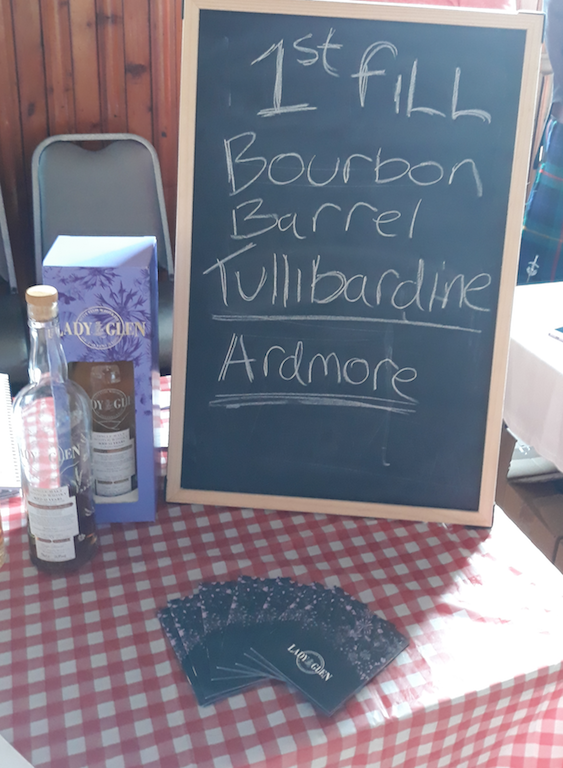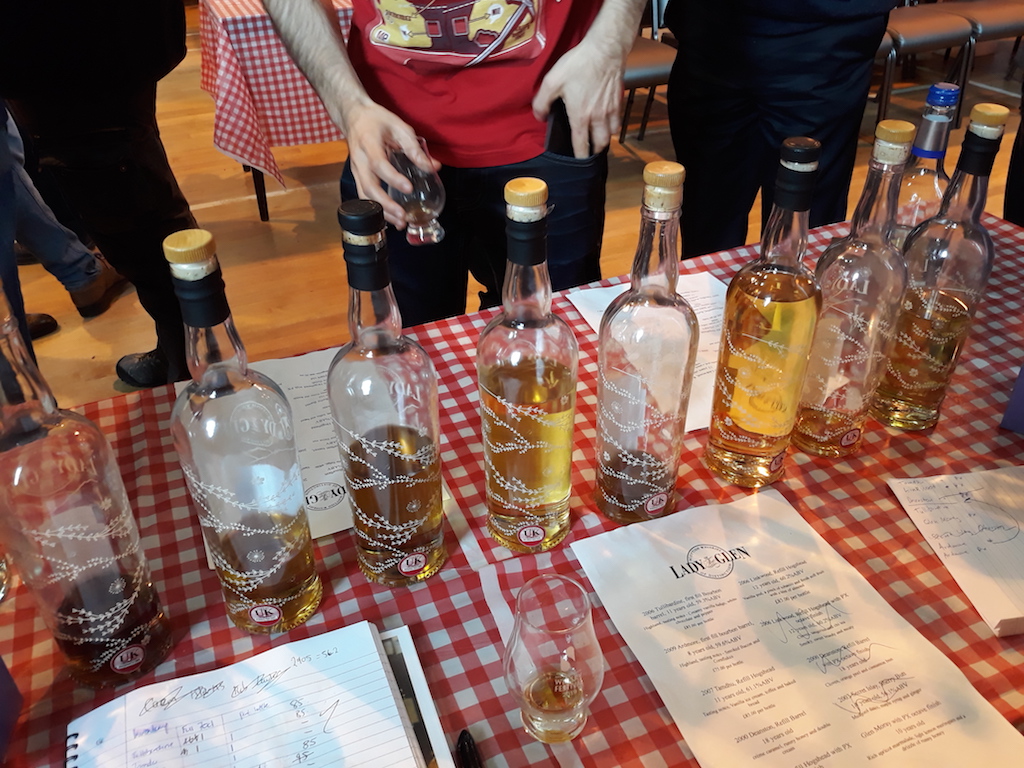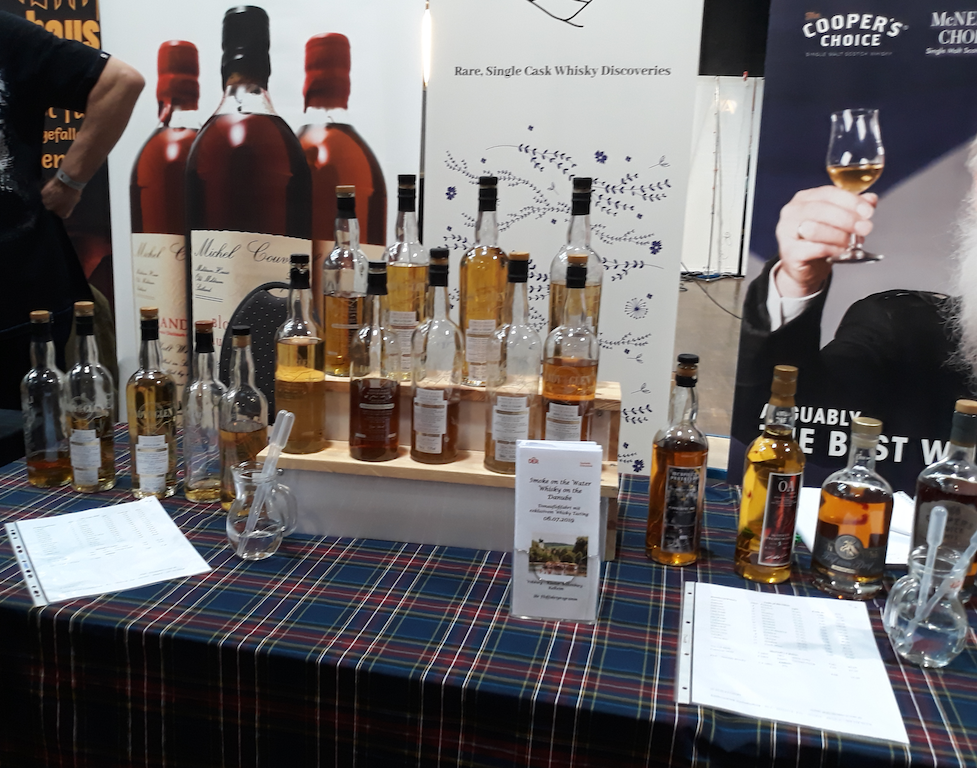Gregor’s Top 5 Tips To Identify The Best Drams At A Whisky Festival

It’s whisky festival season (does it ever end!) and we’ve already been to a few this year, while our stock has been represented by our distributors in Europe and East Asia. As you’ll know a whisky festival is a great opportunity to try new releases, expand your own palate while also trying some of your favourite drams.
In light of this, I thought I would share my tips on what to look out for and how to identify the best drams at a table!
Tip 1 – Has the bottled used colouring?
Every whisky festival I go to I’m aware our dark coloured stock goes first; people look beyond the cask styles, the maturation length and the distillery and narrow down their whiskies based solely on colour. I can understand this, darker whisky implies greater maturation which is desired and there is the expectation of those highly sought after fruity sherry flavours. However, I would caution against anyone selecting a whisky based on colour because of the use of caramel colouring, it is very common in the whisky industry and gives a likeness of richness and colour. The easy way to identify caramel colouring is to ask the person behind the stand and they’ll tell you, the majority of independent bottlers, including myself, don’t use colouring.
Tip 2 – Whisky doesn’t have to be over 10 or 15 years old to be ready.
A pet hate of mine is when a customer looks at some of my releases and states too young. This is for a 10-year-old single malt matured in a bourbon barrel. A better way to understand if a whisky is too young for your palate is to identify the maturation vessel such as the oak cask. A quick tip, generally speaking, the smaller the cask the faster the maturation. Please read my post on maturation to get more detail, below is a quick summary.
When a new spirit is placed into a cask the majority of flavour from the cask and colouring comes in the first 6-12 months. After this, the cask allows a sufficient level of oxidation (contact with the air) that allows for the removal of undesirable characters of the distillate or allows the oak flavours to mask the undesirable flavours. The removal of undesirable characters happens within a few years. As the years go by the alcohol level will gradually reduce as the liquid evaporates through the cask (Angel share). After 10 years there is no shareable research as to what happens to the whisky but the assumption is greater mouthfeel and balance, while the alcohol and volume reduce. The smaller the cask the greater the amount of evaporation and the more oak to spirit to contact which means aspects of maturation take place at a faster rate.
What can be taken from this is after only a few years whisky can be good and the smaller the cask the sooner it can be released. From small to large, you have Octaves, Quarter Casks, Barrels, Hogshead and Butts.

Tip 3 – Ask the person behind the stall what they would recommend based on your preferred whisky.
Don’t be shy asking for a recommendation as this is usually a good opportunity to get a bit of the story behind the cask and why it was released. Each one of our casks has been on a journey and I’ve tasted each of them and prepared them for this moment for you to taste so ask away!
Tip 4 – Don’t have peaty whisky first.
Just don’t do it, you’ll only be able to taste peaty whisky for the rest of the day so you’re limiting what you can try. If you’re new to whisky, be aware that peat is not limited to Islay, many Speyside distilleries have peat releases and any distillery can do it. Also, not all Islay whiskies are peaty, our Secret Islay is from a distillery on Islay that doesn’t distil peaty whisky normally.
Tip 5 – Know your limits.

A whisky festival is a great chance to try and sample whisky. However, a number of releases at these events will be cask strength, all of our stock is cask strength. Cask strength can be anywhere, even below normal strengths of 46% as it’s just a term used to describe the strength of the whisky but in most cases, it is very much higher than standard strength whiskies. The best way to approach cask strength is to try it at its cask strength first and then water it down to your preferred level.
These are 5 tips from my experience at whisky festivals. If you see me at my stand feel free to say hello and ask if I have any of the behind the table stuff, as I always have something special behind the table!